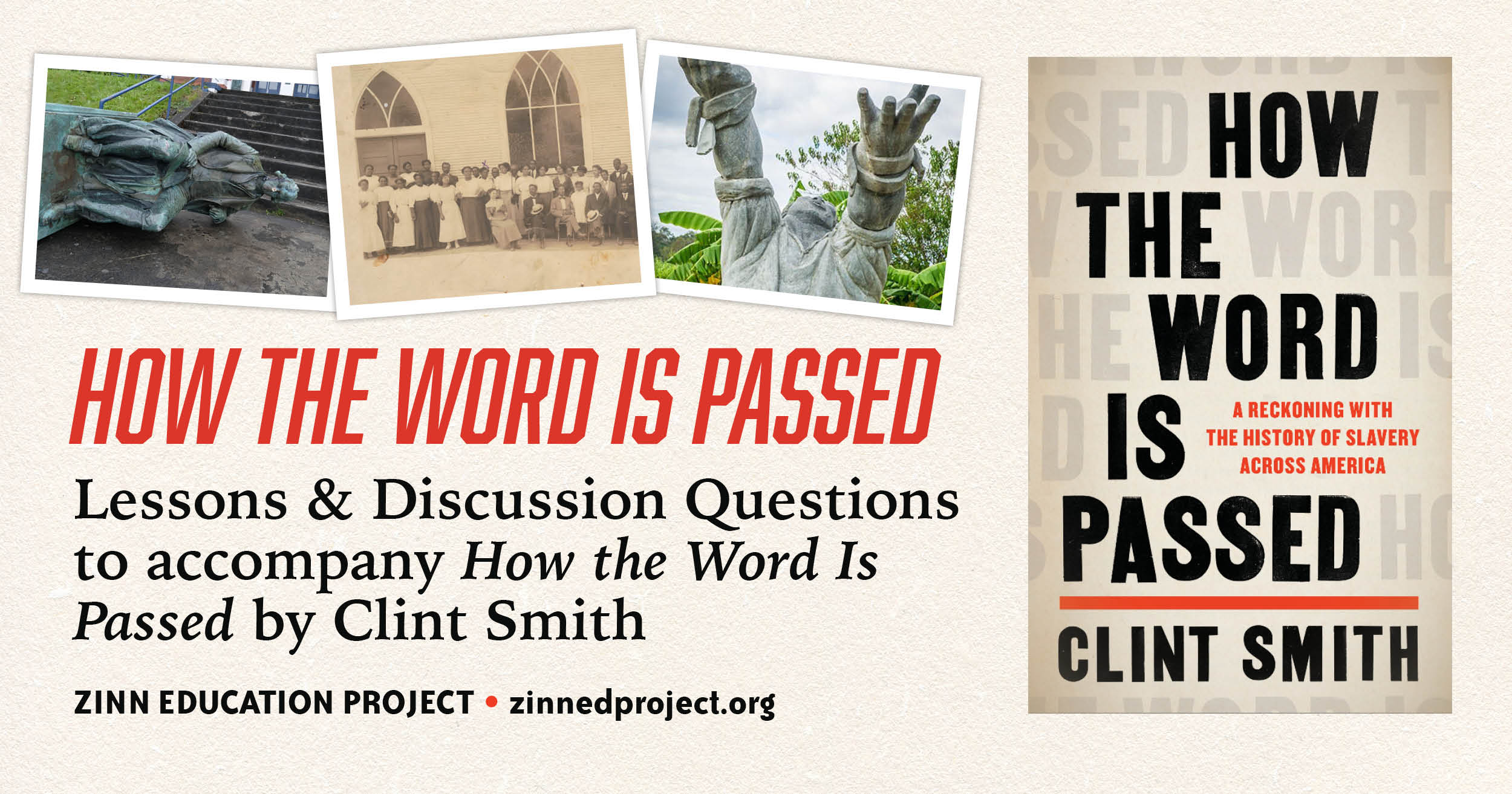
In the Epilogue to his New York Times bestselling book How the Word Is Passed, Clint Smith writes:
The history of slavery is the history of the United States. It was not peripheral to our founding; it was central to it. It is not irrelevant to our contemporary society; it created it. This history is in our soil, it is in our policies, and it must, too, be in our memories.
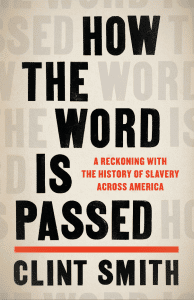 And one way this foundational history enters our memories is through the classroom. This is work for all of us — to create, to share, to teach. Below are lessons, discussion questions, and writing prompts, which take students more deeply into Smith’s brilliant book. As Smith suggests, one cannot understand the history of the United States without focusing on the centrality of slavery — and this history is essential to helping our students make sense of the world around them.
And one way this foundational history enters our memories is through the classroom. This is work for all of us — to create, to share, to teach. Below are lessons, discussion questions, and writing prompts, which take students more deeply into Smith’s brilliant book. As Smith suggests, one cannot understand the history of the United States without focusing on the centrality of slavery — and this history is essential to helping our students make sense of the world around them.
Republican legislators in at least 42 states are offering the country a lesson in How the Word Is Suppressed. Proposed legislation takes aim at a host of curricular initiatives, approaches to understanding society (e.g., critical race theory), and organizations. What unites these measures is a determination to keep students from studying how slavery and exploitation based on race are fundamental to our lives today.
Teaching an accurate, honest, critical history is an act of resistance. As the Zinn Education Project’s “Pledge to Teach Truth” insists:
From police violence, to the prison system, to the wealth gap, to maternal mortality rates, to housing, to education and beyond, the major institutions and systems of our country are deeply infected with anti-Blackness and its intersection with other forms of oppression. To not acknowledge this and help students understand the roots of U.S. racism is to deceive them — not educate them.
The Pledge concludes: “We will continue our commitment to develop critical thinking that supports students to better understand problems in our society, and to develop collective solutions to those problems. We are for truth telling and uplifting the power of organizing and solidarity that move us toward a more just society.”
Clint Smith’s How the Word Is Passed can play an important role in that truth telling. We hope these lessons can help connect students to the critical wisdom contained in this book.
Echoes of Enslavement — Not Only in the South, but Everywhere
By Ursula Wolfe-Rocca
In this lesson based on How the Word Is Passed, students discover “echoes of enslavement” in their own state — discrete sites of remembering, forgetting, honoring, lying, or distorting.
How We Remember: The Struggle Over Slavery in Public Spaces
By Bill Bigelow, Jesse Hagopian, Cierra Kaler-Jones, Ana Rosado, and Ursula Wolfe-Rocca
In this lesson, students receive information about each of the sites of memory in How the Word Is Passed by Clint Smith and imagine how they might choose to commemorate what occurred there. They then compare that to how the respective site is commemorated and described by docents.
Lives in Our Lineage: A Lesson on Oral Histories
By Cierra Kaler-Jones
In this lesson, students use key excerpts from How the Word Is Passed as inspiration for a project where they tell their and their loved ones’ stories.
Discussion Questions, Writing Prompts, and Teaching Ideas
By Bill Bigelow
Here are teaching ideas, discussion questions, and writing prompts to help bring Clint Smith’s How the Word Is Passed to life in the classroom.
Related Lesson
Poetry of Defiance: How the Enslaved Resisted by Adam Sanchez. Through a mixer activity, students encounter how enslaved people resisted the brutal exploitation of slavery. The lesson culminates in a collective class poem highlighting the defiance of the enslaved.
Testimonials
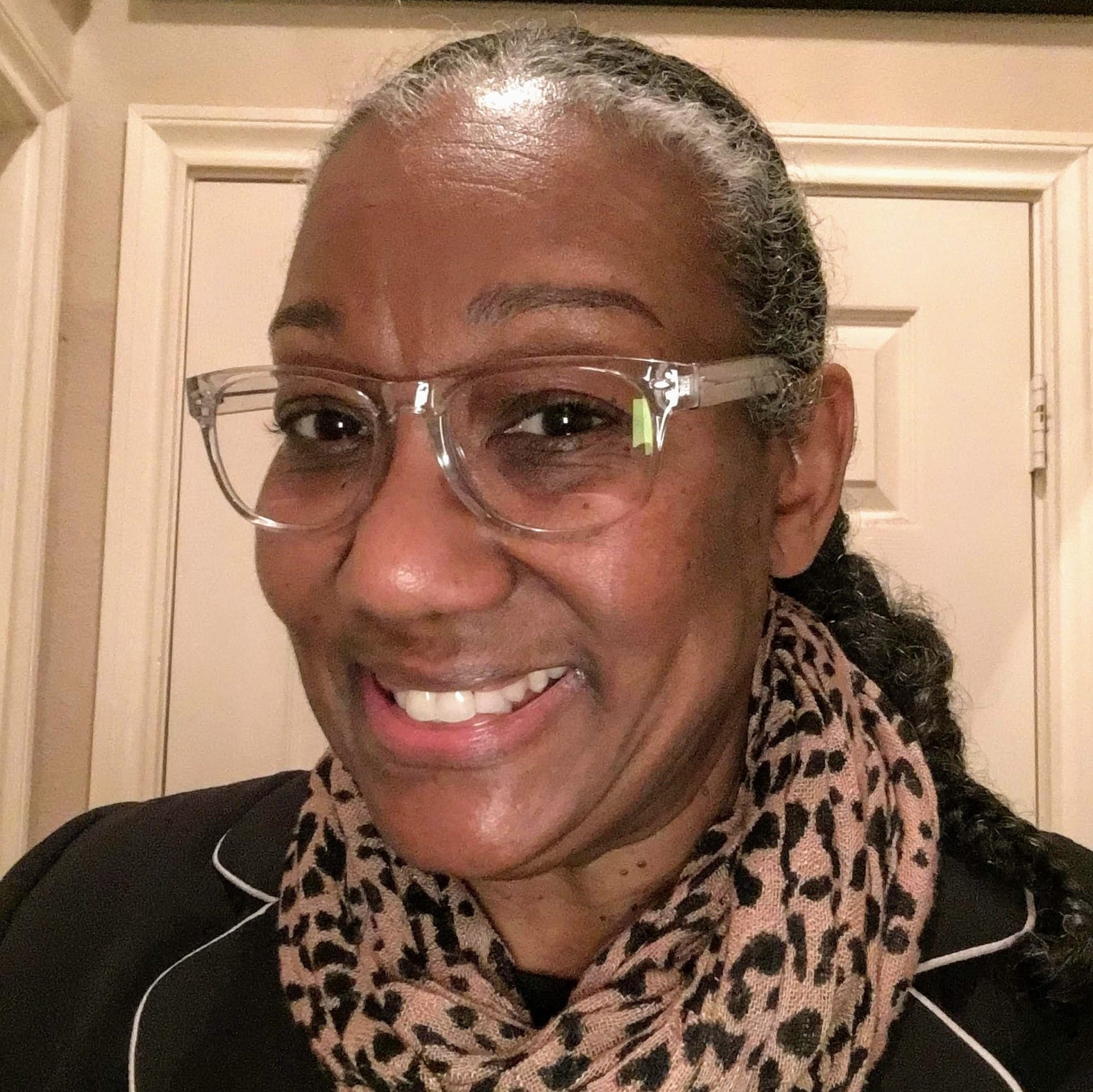
I used Dr. Smith’s book How The Word Is Passed as a starting point for my AP African American Studies class. The students who enrolled in the class in the spring were asked to read the book as a starting place for our study in the fall. I told them they could read any chapter and be prepared to share their perspective on the chapter with their classmates when the semester began.
That book allowed my students to see African American history, spaces, and places through a lens very different from any textbook. By the way, we didn’t have a textbook to use so I did require the students to read various chapters during the year as a way to focus our study.
I used the discussion questions as a way to focus our scholarly discussions. The discussion questions allowed the students to really engage with the text. I added additional questions that I used to tie the book into the AP topics.
The chapter on Gorée Island resonated with the students, especially when I shared my experience at Cape Coast Castle in Ghana. After reading and discussing the chapter on the Whitney Plantation a student and her family visited the site while they were traveling through Louisiana. She told me reading the chapter and then visiting the plantation made a profound impact on how she viewed the site.
Clint Smith’s work has been an invaluable resource for my African American History class. His Crash Course YouTube series has served as a great tool for building background content knowledge before diving into documents and sources and coming to our own conclusions.
How The Word Is Passed is another excellent work of Smith’s that I used in my unit on slavery and agency. We used passages from the book as a basis for our in-class project on slave revolts, wherein enslaved people used various forms of resistance to fight back and claim power in an otherwise powerless social and economic construct. We also connected the information in the book to the Netflix documentary, 13th, to further explore Smith’s connection between slavery and the mass incarceration of African Americans even to this day.
I used many of the excepts and quotes that were selected in the Zinn Education Project’s discussion questions for the book as warm-ups for students to get them thinking about slavery not just as an isolated period of our history but as a system that continues to influence economic, political, and social conditions today.
While teaching AP U.S. History I strive to make sure my students understand that so many of the events in “history” were not that long ago, and so much of what has happened in our nation continues to shape what happens today.
By talking about and sharing the stories of activists like Claudette Colvin, Fred Shuttlesworth, and some of the other lesser known (but equally important) leaders of the Civil Rights Movement, I try to make their stories come to life. I also make extensive use of the Zinn Education Project’s Reconstruction curriculum in conjunction with the book How the Word Is Passed to show how the federal government has failed in so many instances to address the problems of racism, discrimination, and public perception from the end of the Civil War to the current day.
More than passing the AP exam and earning college credit, I want my students to leave my classroom better citizens of this country and I think this book, along with many other great resources, helps to accomplish that.

As an assistant professor of teacher education at Endicott College, one of the courses I instruct each semester is Social Studies Methods. In this course, candidates for licensure in Early Childhood and Elementary Education learn constructivist pedagogical methods to support students as they develop their conceptual understanding across the four main areas of social studies: history, geography, civics, and economics and consider historical and contemporary social issues through a critical lens.
Last year, I included Clint Smith’s text, How the Word is Passed as a required text in my course. I have read — and reread — Smith’s text at least six times. Every time I read this text, something new grabs me! Smith is informative and poetic and presents content that every teacher in training must learn. I present Smith’s text as part of my Teaching History with Museums module. After learning about the various types of museums — their characteristics, benefits to student learning, and potential challenges and limitations — the class engages in a Jigsaw style reading of the text.
- Every student reads the Prologue and Introduction — it is critical to understand the why behind this text
- Students are broken up into groups and assigned to read a specific chapter, highlighting one historic site; as they read, they capture guided notes in preparation for in-class discussion; guided notes ask students to consider the narratives being told/not told at each site, reflect on whose voices are represented or not, and discuss ways in which the site may or may not promote historical empathy
- The next class session is the Jigsaw:
- FIRST — students come together in chapter-like groups to calibrate their understanding of the text they read; I meet with each group to listen in on their discussions and offer questions/prompts/challenges as needed; students make final adjustments in their note catchers in preparation for the next small group discussion
- THEN — students organize into cross-chapter groups, with each chapter represented; in these small groups, the “site expert” presents their learning to others in the group and questions/discussions follow
This assignment has become on of the most impactful and enjoyable experiences for my students throughout the semester. They often mention these readings and small group discussions in the end-of-semester surveys I administer. I continue to explore ways in which I can enhance the use of Smith’s text in my coursework and appreciate the opportunity to acquire additional texts for my classroom.
Share Your Teaching Story
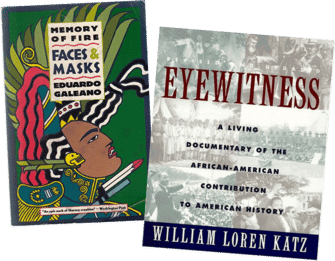 Share your story about using any of the lessons or discussion questions for Clint Smith’s book. In appreciation for your teaching story, you can choose Eyewitness: A Living Documentary of the African American Contribution to American History, a compilation of hundreds of first-person stories and primary documents edited by William Katz, or Faces and Masks by Eduardo Galeano, the second volume in his brilliant, student-friendly Memory of Fire trilogy. (These titles were donated to us to share with people’s history teachers.) Share your teaching story.
Share your story about using any of the lessons or discussion questions for Clint Smith’s book. In appreciation for your teaching story, you can choose Eyewitness: A Living Documentary of the African American Contribution to American History, a compilation of hundreds of first-person stories and primary documents edited by William Katz, or Faces and Masks by Eduardo Galeano, the second volume in his brilliant, student-friendly Memory of Fire trilogy. (These titles were donated to us to share with people’s history teachers.) Share your teaching story.

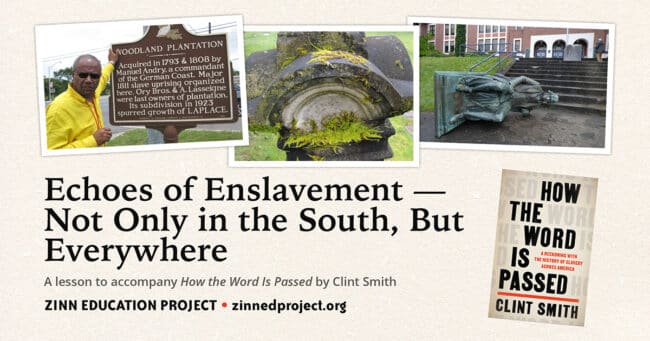
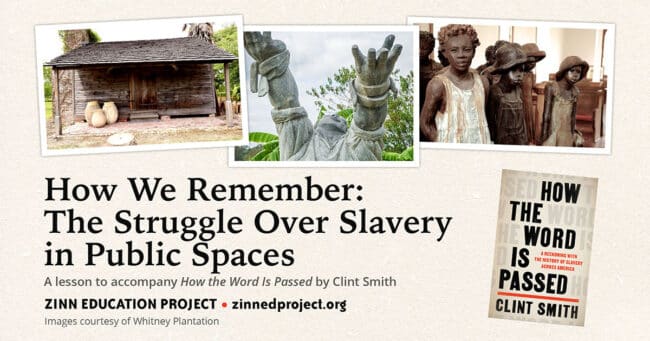
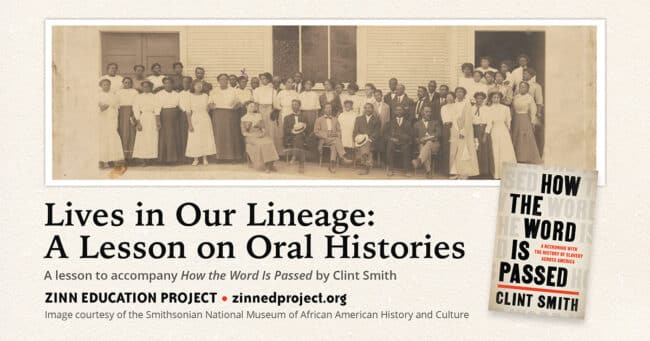
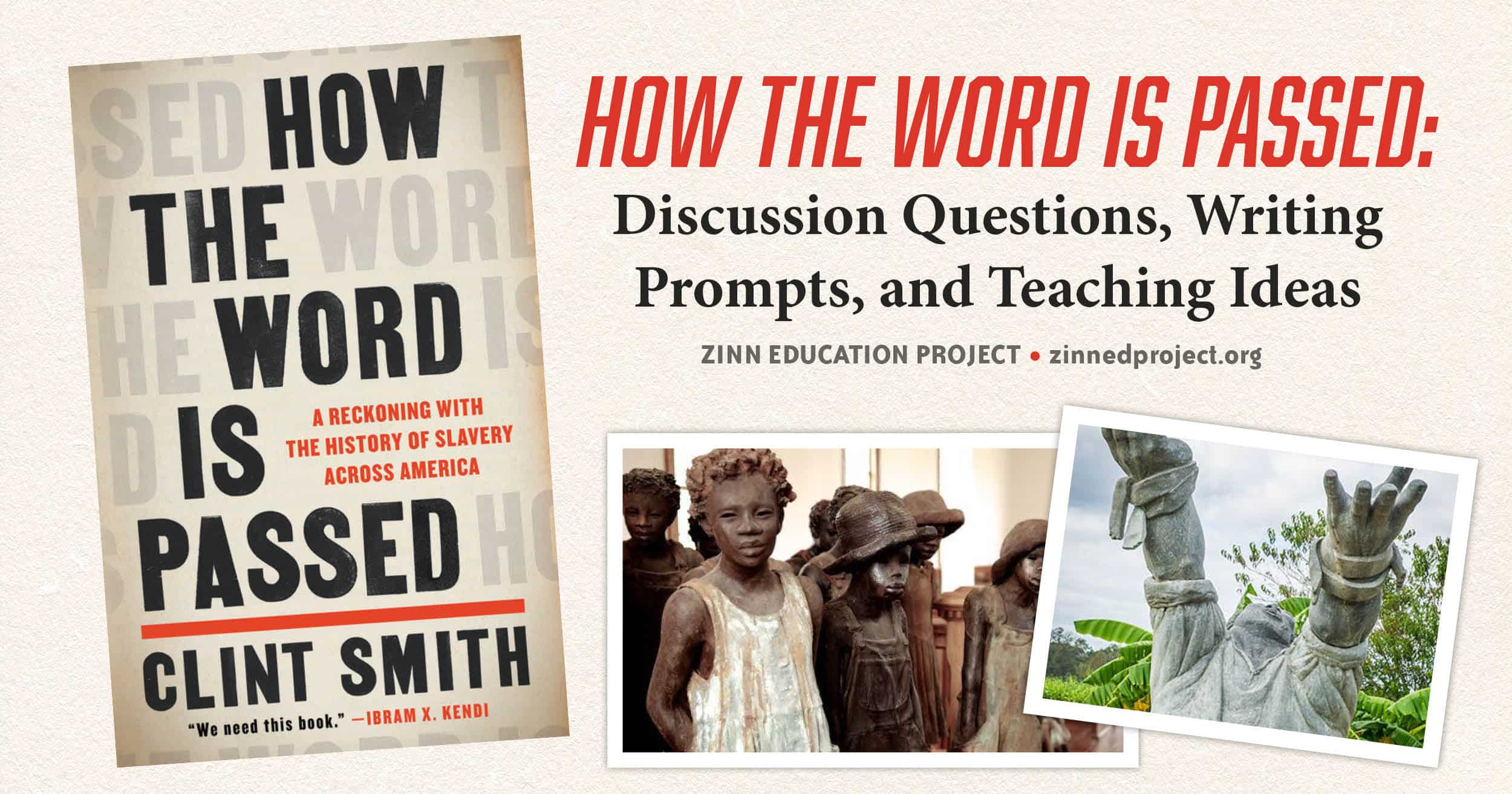
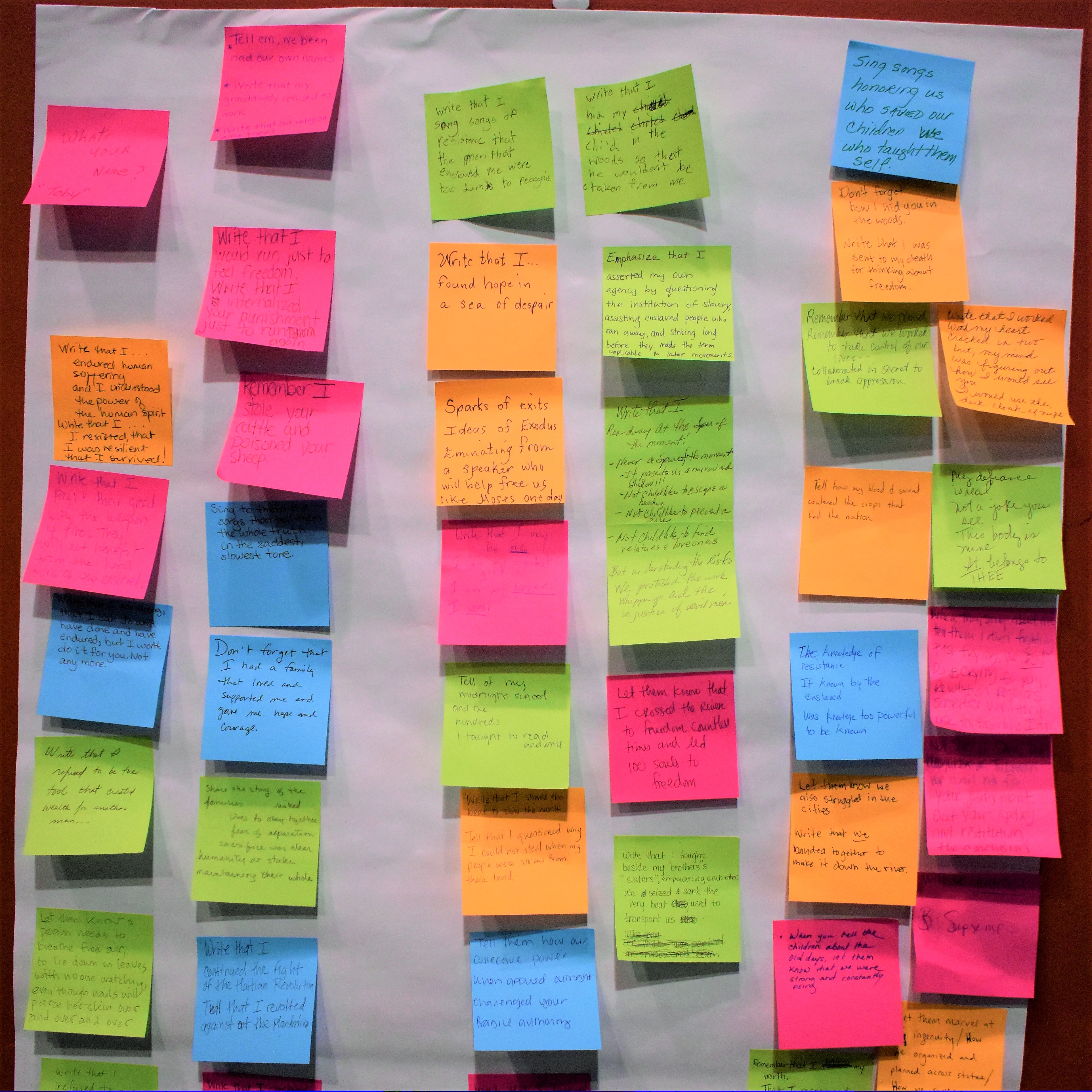
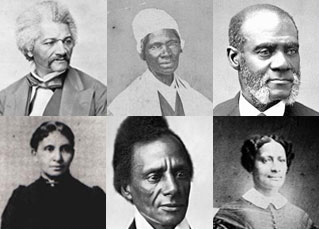
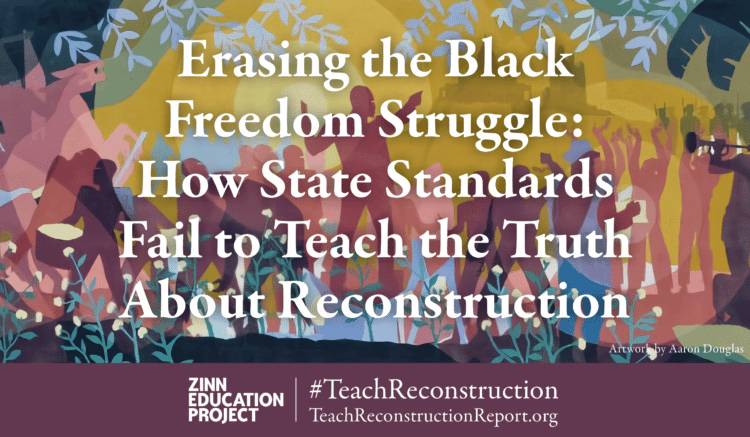
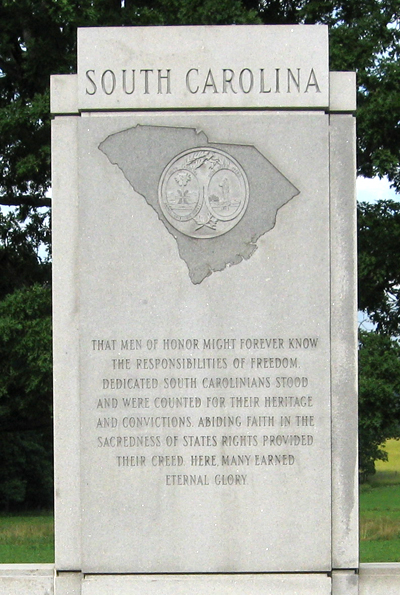
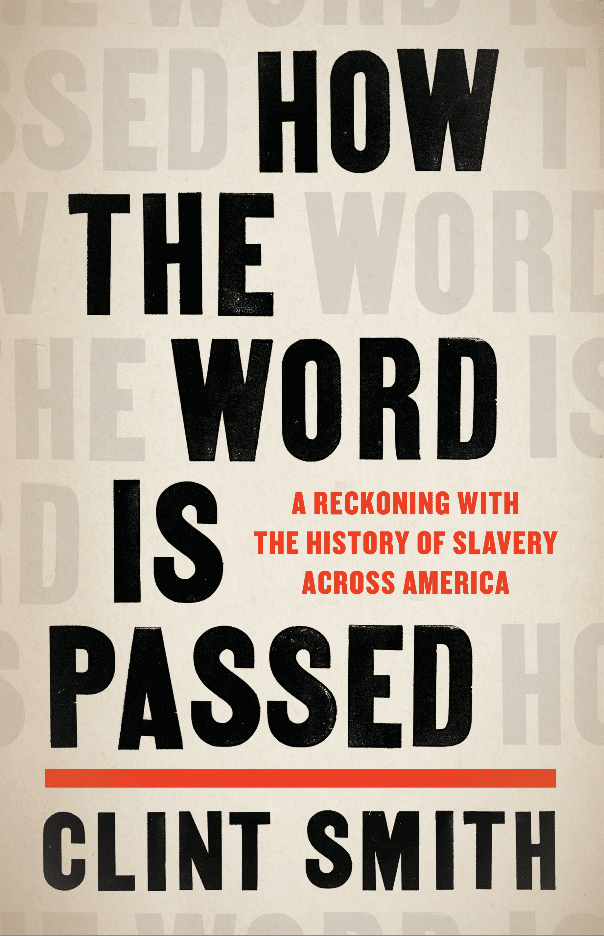
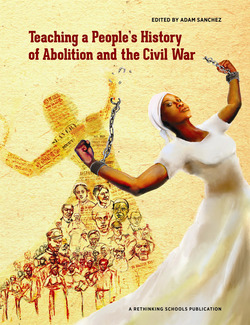
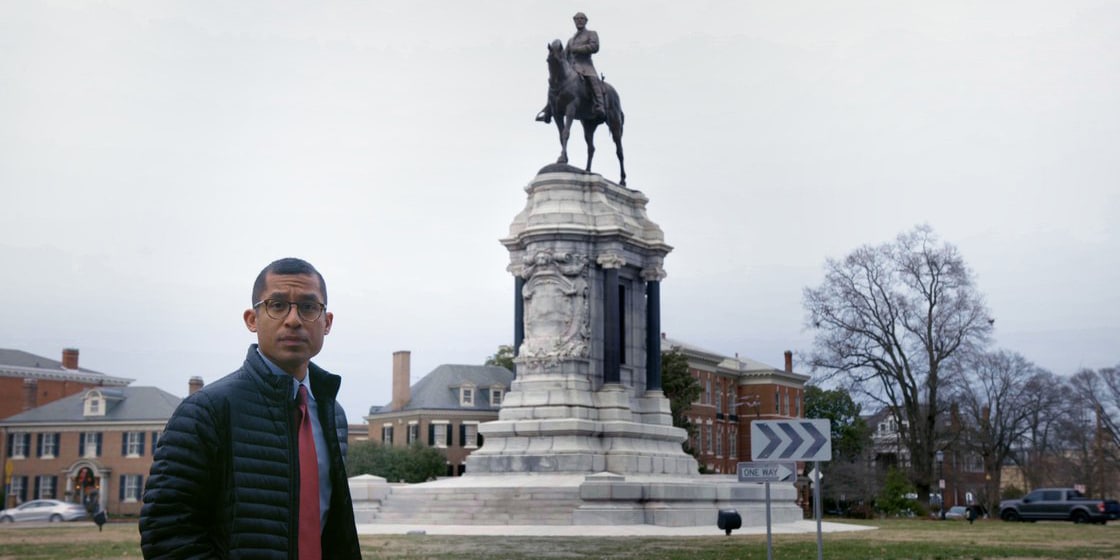





Twitter
Google plus
LinkedIn